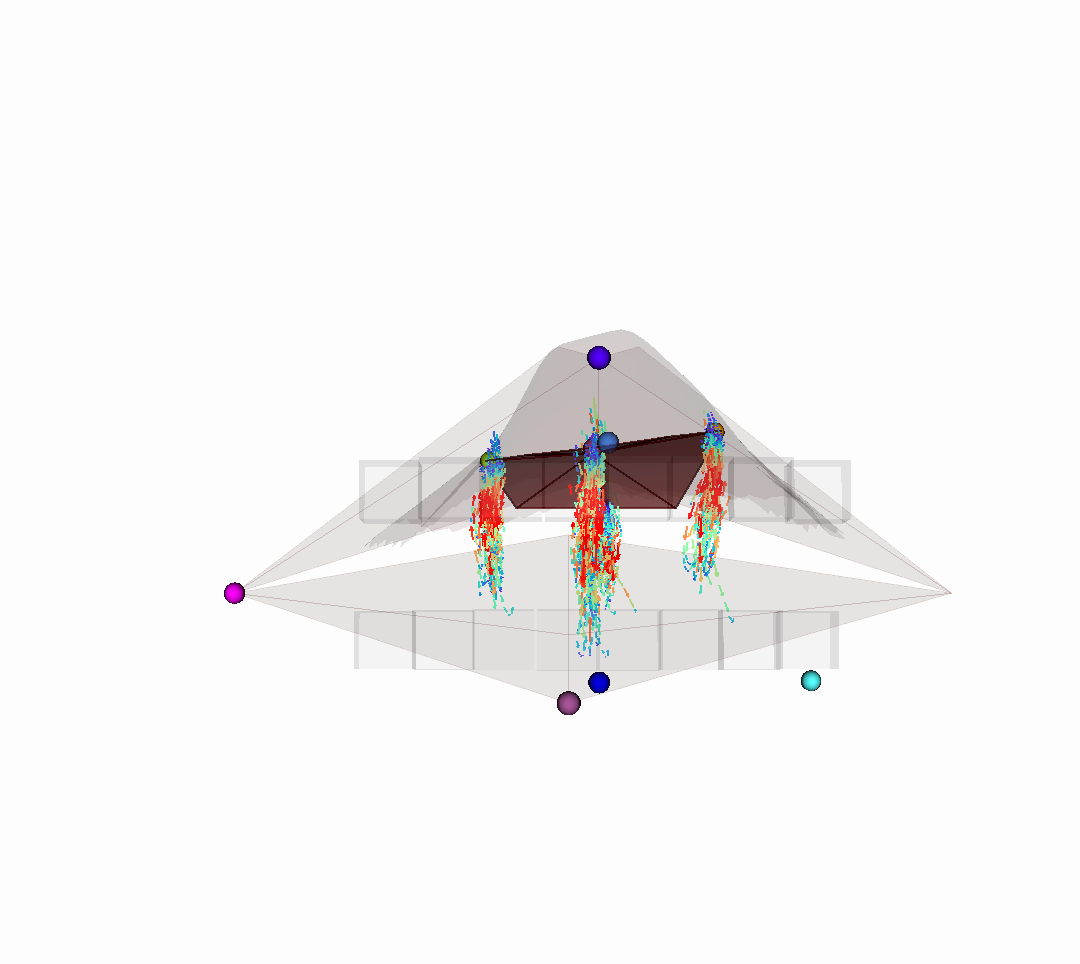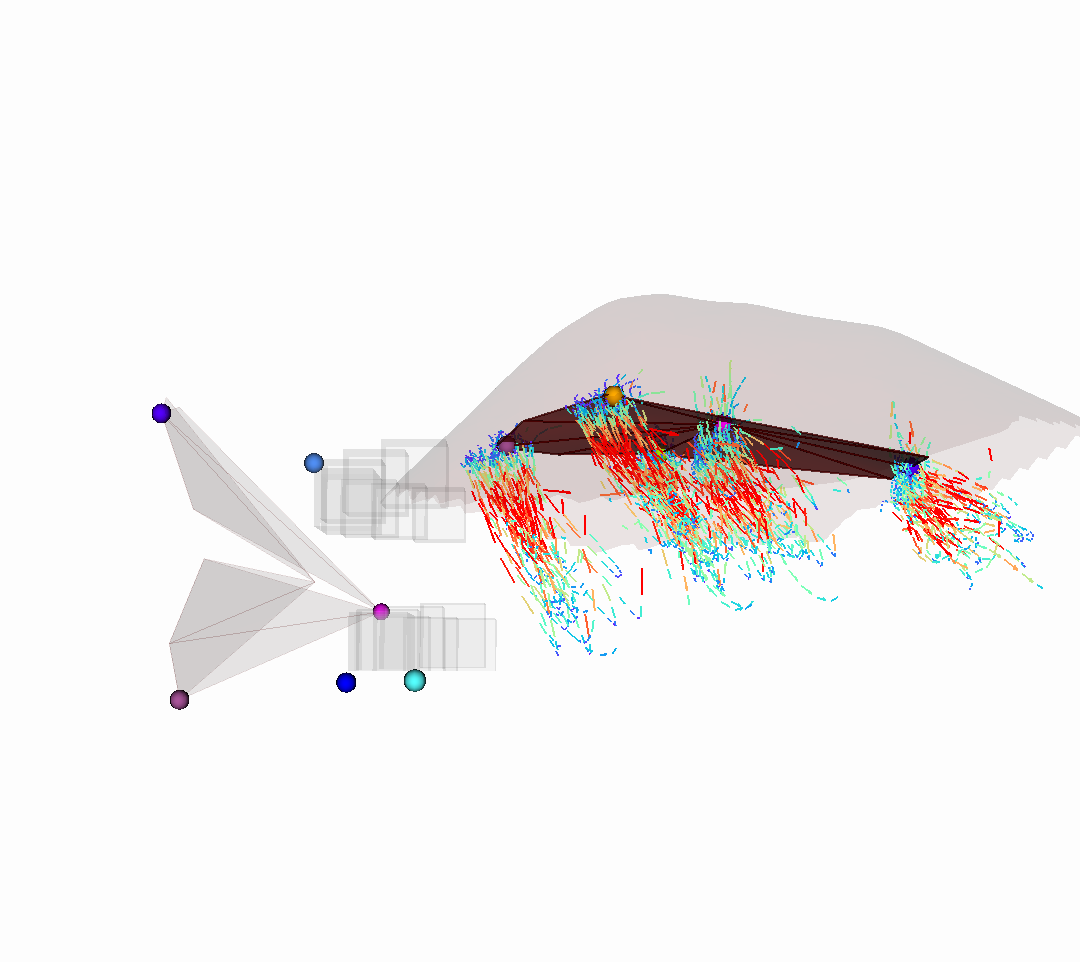Abstract
Our study examines the information obtained by adding two parasagittal sensors to the standard midsagittal configuration of an EMA observation of lingual articulation. In this work, we present a large and phonetically balanced corpus obtained from an EMA recording session of a single English native speaker reading 1899 sentences from the Harvard and TIMIT corpora. According to a statistical analysis of the diphones produced during the recording session, the motion captured by the parasagittal sensors has a low correlation to the midsagittal sensors in the coronal plane. We perform a geometric analysis of the lateral tongue by the measure of its width and using a proxy of the tongue's curvature that is computed using the Menger curvature. To provide a better understanding of the tongue sensor motion we present dynamic visualizations of all diphones. Finally, we present a summary of the velocity information computed from the tongue sensor information.

